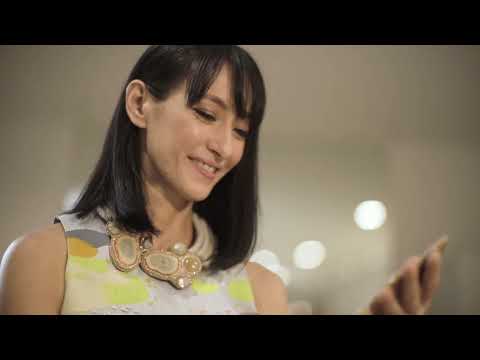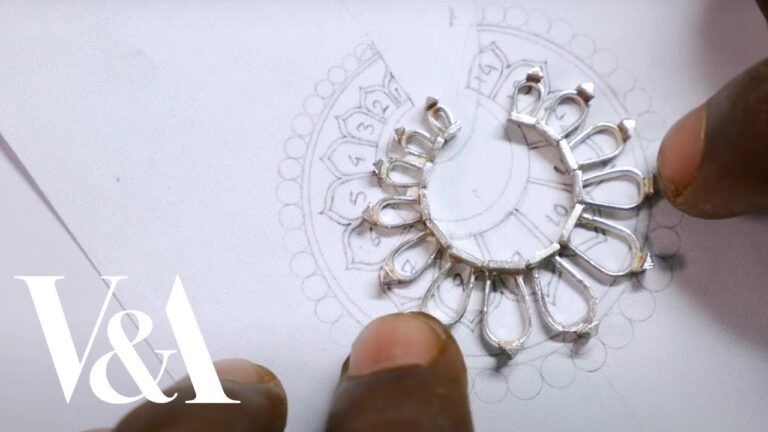Accessory Designer: Job Description and Salary

Accessory Designer Job Description Template
Accessory Designer Job Description: An accessory designer is responsible for designing and creating a wide range of accessories, including jewelry, handbags, belts, scarves, hats, and other fashion items. They work closely with fashion designers to develop accessories that complement and enhance their clothing lines. The main role of an accessory designer is to create unique and innovative designs that are both visually appealing and functional. They need to stay up-to-date with the latest fashion trends and market demands to create accessories that will attract customers. Attention to detail is a crucial skill for an accessory designer. They must have a keen eye for color, texture, and patterns to create aesthetically pleasing designs. They also need to have a strong sense of proportion and balance to ensure that the accessories complement the overall look of the clothing. Another important skill for an accessory designer is creativity. They need to think outside the box and come up with fresh and original designs that will stand out in the market. They often need to sketch their ideas and create prototypes to present to clients and manufacturers. In addition to designing, accessory designers are also involved in selecting materials, sourcing suppliers, and overseeing the production process. They collaborate with manufacturers and artisans to ensure that the accessories are produced to the highest quality standards. Overall, an accessory designer plays a crucial role in the fashion industry by creating unique and stylish accessories that complete the overall look of a fashion collection. Their creativity and attention to detail are essential for success in this profession.Accessory Designer Responsibilities
Accessory Designer Requirements
How Much Does A Accessory Designer Make?
Accessory Designer Salary
| Location | Salary Range |
|---|---|
| New York, NY | $60,000 – $90,000 |
| Los Angeles, CA | $55,000 – $85,000 |
| London, UK | £35,000 – £60,000 |
| Milan, Italy | €40,000 – €70,000 |
| Paris, France | €45,000 – €75,000 |
An accessory designer is responsible for creating and designing various accessories such as handbags, shoes, belts, hats, and jewelry. They work closely with fashion designers and manufacturers to develop unique and fashionable accessories that complement clothing lines or stand on their own.
The salary of an accessory designer varies based on factors such as experience, location, and the size of the company they work for. In major fashion capitals like New York, Los Angeles, London, Milan, and Paris, accessory designers can expect to earn competitive salaries within the ranges mentioned in the table above.
It’s important to note that these salary ranges are approximate and can vary depending on individual skills, industry demand, and market conditions. Accessory designers with extensive experience and a strong portfolio may have the potential to earn higher salaries or even establish their own successful accessory brands.
Overall, a career as an accessory designer can be financially rewarding and offers opportunities for creativity and self-expression in the dynamic world of fashion.
Accessory Designer Salaries by Country
Top Paying Countries for Accessory Designer
| Country | Average Salary (USD) |
|---|---|
| United States | 70,000 |
| Switzerland | 68,000 |
| Australia | 60,000 |
| United Kingdom | 52,000 |
| Germany | 50,000 |
An accessory designer is a creative professional who designs and develops accessories such as jewelry, handbags, belts, and hats. The salary of an accessory designer can vary depending on factors such as experience, skill level, and location. This table showcases the top paying countries for accessory designers based on average salaries. The United States tops the list with an average salary of $70,000, followed closely by Switzerland with $68,000. Australia, United Kingdom, and Germany also offer competitive salaries for accessory designers. It’s important to note that these figures are just averages and can vary depending on individual circumstances.
A video on the topic Accessory Designer
Video Source : Manila FAMEInterview Questions for Accessory Designer
1. Can you tell us about your background and experience as an accessory designer?
As an accessory designer, I have a Bachelor’s degree in Fashion Design and have been working in the industry for the past five years. I have worked for various fashion brands, where I have gained experience in designing and creating accessories such as handbags, jewelry, and scarves.
2. What inspires you when designing accessories?
I find inspiration in various aspects of life, such as nature, art, architecture, and different cultures. I also keep up with the latest fashion trends and try to incorporate them into my designs while adding my unique touch.
3. How do you approach the design process for accessories?
My design process starts with thorough research and trend analysis. I then create mood boards and sketches to visualize my ideas. Once I have a clear vision, I proceed to develop prototypes and make necessary adjustments based on feedback and market demands.
4. How do you ensure that your accessories are both stylish and functional?
I believe that functionality is just as important as style when it comes to accessories. To ensure this, I pay close attention to the materials used, construction techniques, and practicality of the design. I also conduct extensive testing to ensure that the accessories meet the desired standards of durability and ease of use.
5. How do you stay updated with the latest trends in accessory design?
I constantly keep myself updated with the latest fashion shows, trade fairs, and industry publications. I also follow influential designers and fashion bloggers on social media platforms to stay informed about emerging trends. Additionally, I attend workshops and seminars related to accessory design to further enhance my knowledge.
6. Can you describe a challenging project you have worked on and how you overcame it?
I once had a project where I had to design a collection of accessories for a high-end fashion label with a very specific theme. It was challenging because the theme required a balance between avant-garde design and commercial appeal. To overcome this, I conducted extensive research and experimented with different materials and techniques until I achieved the desired balance, ensuring that the collection was both unique and marketable.
7. How do you collaborate with other professionals in the fashion industry?
Collaboration is an essential part of the fashion industry. I collaborate with professionals such as fashion designers, merchandisers, and manufacturers to ensure that the accessories align with the overall brand vision and meet production requirements. Regular communication, sharing ideas, and incorporating feedback are crucial in successful collaborations.
8. How do you handle criticism or feedback on your designs?
I believe that feedback is essential for personal and professional growth. When receiving criticism or feedback, I listen attentively, analyze the comments, and take them into consideration for future improvements. I view it as an opportunity to learn and evolve as a designer.
9. How do you ensure that your accessories stand out in a competitive market?
To make my accessories stand out in a competitive market, I focus on creating designs that are innovative, unique, and have a strong brand identity. I also pay attention to details, use high-quality materials, and ensure that the craftsmanship is impeccable. Additionally, I conduct market research to identify gaps and trends that can be capitalized on.
10. What do you think sets a successful accessory designer apart from others?
A successful accessory designer possesses a combination of creativity, technical skills, and a strong understanding of the market. They are able to create designs that not only appeal to the target audience but also meet their needs and preferences. Adaptability, a keen eye for detail, and the ability to stay ahead of trends are also crucial in setting a successful accessory designer apart from others.






